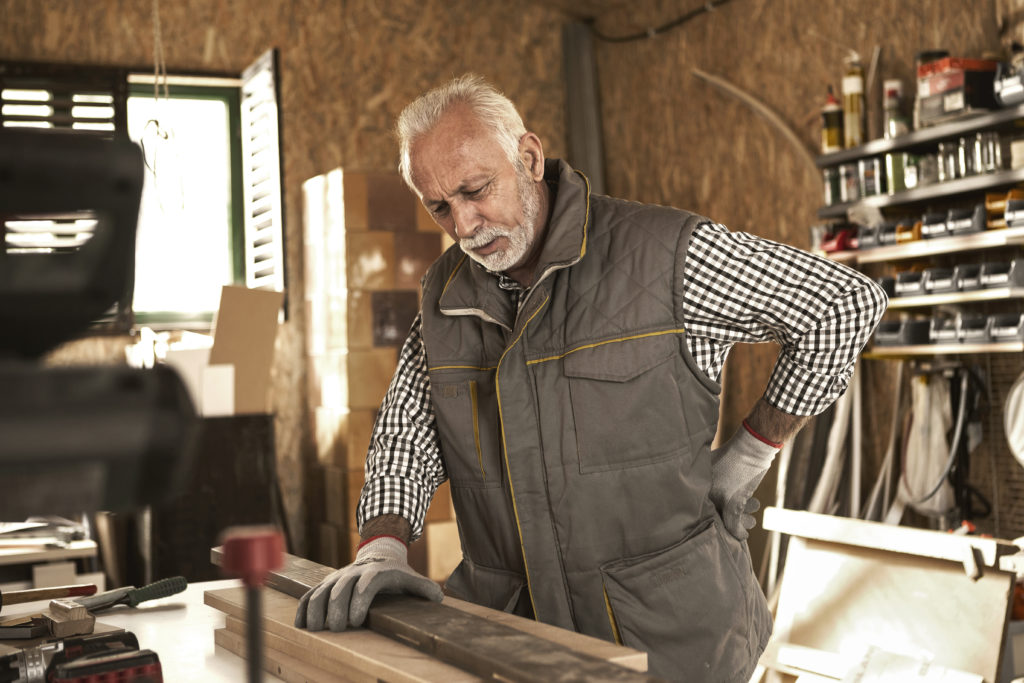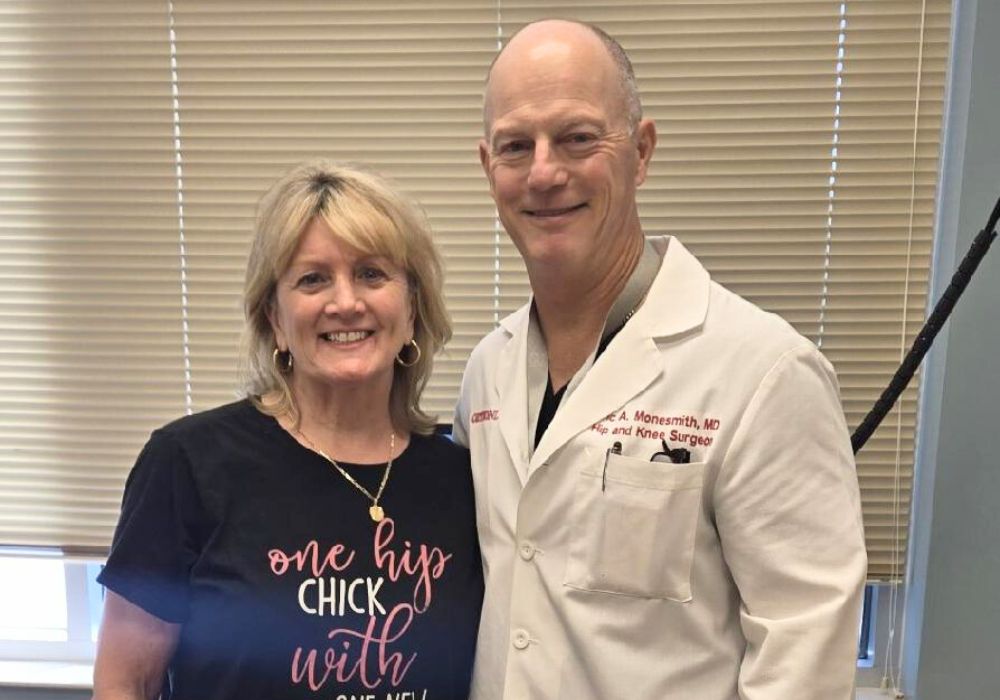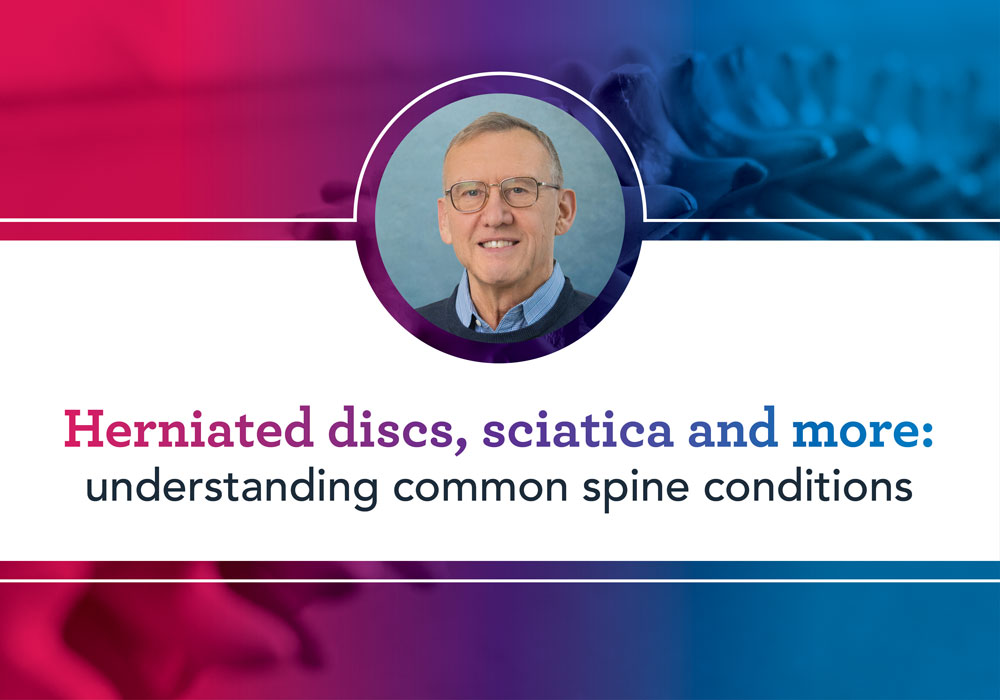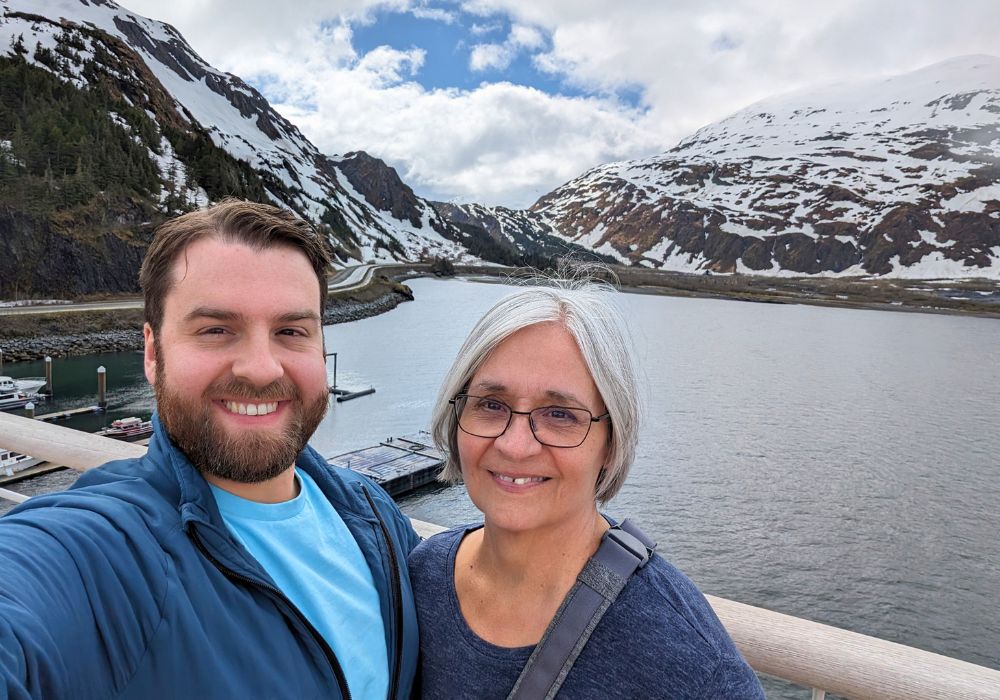This post is part of the ultimate guide to total hip replacement
Osteonecrosis (bone death), also called avascular necrosis (AVN) or aseptic necrosis, of the hip occurs when the blood supply to the head of the femur (thighbone) is significantly diminished. This can lead to the cellular death of the bone cells in the femoral head, resulting in collapse of the femoral head and severe pain.
Bone cells, like all cells, need a steady supply of blood to provide nutrients and oxygen. There are a few bones in the body which have a unique blood supply that makes them susceptible to this problem and the femoral head is one of those areas.
Anatomy
The hip is your body’s largest weight-bearing joint. This joint is also called a ball-and-socket joint. The ball is the upper end of the thighbone (femur), which fits into the socket (or acetabulum) at your pelvis.
Several muscles cross the hip joint and a strong capsule envelops the hip joint itself. Muscles are connected to bones that make up the hip joint by tendons, which are made from strong fibrous tissue, enabling motion of the joint.
What is osteonecrosis of the hip?
Osteonecrosis develops when the blood supply to the femoral head is changed and is not providing enough blood to the bone cells. This causes the bone in the head of the femur to die and eventually collapse, which causes cartilage covering the hip bones to collapse as well.
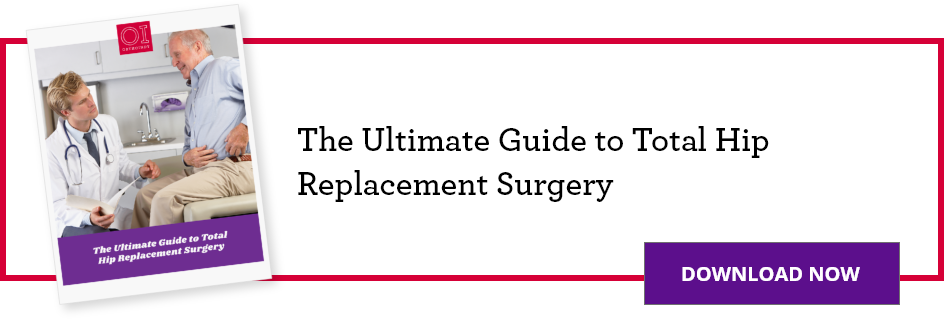
Who is at risk for osteocrenosis of the hip?
- Most common between the ages of 40 and 65
- Men develop osteonecrosis more often than women
- Previous injuries to the hip, such as a hip dislocation or fracture
- Excessive, prolonged alcohol use
- Chronic medical steroid use for conditions such as autoimmune diseases
- Medical conditions such as sickle cell and Crohn’s disease
What are symptoms of osteonecrosis of the hip?
- Dull ache or throbbing in the hip area, notably the groin
- Difficulty standing
- Pain-can be sudden and severe when femoral head collapses
- Stiffness
- Limp
How is osteonecrosis diagnosed?
To determine whether you have osteonecrosis your physician will ask you for a complete medical history, have you describe your symptoms and conduct a physical examination. An X-ray or MRI may be necessary to confirm the diagnosis and determine if there are other problems.
Make an appointment with an OrthoIndy hip specialist
How is osteocrenosis treated?
There are nonsurgical treatment options to relieve pain and slow progression such as anti-inflammatory medications, activity changes or using a cane; however, surgery is the most successful treatment option.
Surgical options
- Core decompression: In early stages, this drilling of the femoral head to encourage the development of new blood supply may prevent collapse of the femoral head and slow the development of arthritis.
- Osteochondral (bone and cartilage) grafting: Regenerates healthy bone and cartilage at the hip joint. Is used in conjunction with core decompression.
- Vascularized fibula graft: A segment of bone is taken from your fibula and transplanted into the femoral neck and head to heal osteonecrosis.
- Total hip replacement: If the femoral head has already collapsed, your physician will remove the damaged bone and cartilage and provide you with a new hip prosthesis. This is the most predictable and successful surgical option.
Learn more about treatment options for hip pain at OrthoIndy.
Schedule an appointment
Your well-being is important to us. Click the button below or call us to schedule an appointment with one of our orthopedic specialists. If your injury or condition is recent, you can walk right into one of our OrthoIndy Urgent Care locations for immediate care. For rehabilitation and physical therapy, no referral is needed to see one of our physical therapists.


